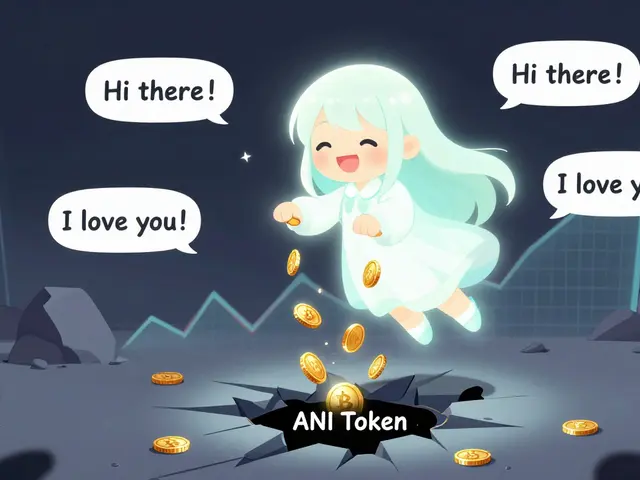Cryptocurrency: Guides, News and Practical Tools
When talking about cryptocurrency, digital assets that rely on cryptographic security and decentralized networks. Also known as crypto, it has reshaped how we think about money, ownership and data. At its core, cryptocurrency cryptocurrency is a peer‑to‑peer system that lets anyone move value without a bank. This tag page pulls together everything you need to know, from how tokens are created to how they’re taxed.
One of the fastest‑growing ways people get into crypto is through a crypto airdrop, a free distribution of tokens to eligible wallets, often used to kick‑start a new project. Airdrops are more than marketing gimmicks; they can seed liquidity, reward early supporters and even create community governance structures. We’ll show you how to spot legit airdrops, avoid scams, and claim your share safely.
Why Mining, Regulation and Stablecoins Matter
Another pillar of the ecosystem is crypto mining, the process of validating transactions and securing blockchains by solving computational puzzles. Mining not only creates new coins but also underpins network security. Our posts compare mining‑friendly countries, break down energy costs, and guide you on setting up a profitable operation in 2025.
Where you live and what you do with crypto are heavily shaped by crypto regulation, government rules that define how digital assets can be used, taxed and supervised. From the CLARITY Act in the US to banking restrictions in Egypt and Cyprus, regulation influences adoption, market liquidity, and even the design of new tokens. We unpack the latest legal developments so you can stay compliant and spot opportunities.
Stablecoins such as USDT, USDC and the emerging XTUSD provide a price‑stable bridge between volatile crypto markets and traditional finance. They enable everyday payments, DeFi lending and cross‑border remittances while shielding users from wild price swings. Our guides explain how stablecoins work, how they maintain peg stability, and what risks investors should watch.
All these pieces—airdrop incentives, mining economics, regulatory frameworks and stablecoin utilities—interlock to form the broader cryptocurrency landscape. Understanding how each element influences the others helps you make smarter decisions, whether you’re new to the space or refining a seasoned strategy.
Below you’ll find a curated collection of articles that dive deeper into each topic. From step‑by‑step airdrop checklists and mining country rankings to tax‑avoidance tips and stablecoin risk analyses, the posts are organized to give you actionable insights fast. Explore the range, pick the guides that match your goals, and start applying the knowledge today.
Content Bitcoin (CTB) Explained: AI Crypto Coin Overview
A clear, detailed look at Content Bitcoin (CTB), covering its AI focus, market data, liquidity issues, red flags, and how to trade it.
What is Long (LONG) Crypto Coin? Clarifying the Mystery
There is no recognized Long (LONG) crypto coin. Learn why "long" refers to a trading strategy, how to verify token legitimacy, and what to do if you encounter a supposed LONG token.
Jito (JTO) Token Explained: How It Works, Staking Benefits & MEV
Learn what Jito (JTO) token is, how its liquid‑staking and MEV system works, yield benefits, market position, risks, and how to start staking today.
One Share (ONS) Crypto Coin Explained - What It Is, How It Works, and Risks
One Share (ONS) is an Ethereum ERC‑20 token with low liquidity and unclear supply. Learn its basics, how to buy, market data, and risks before you invest.








